Unavailable
Missa in D minor, Hob.XXII: 11 'Nelsonmesse' (Lord Nelson Mass; Coronation Mass; Missa in Angustiis) is currently unavailable
We can no longer provide this arrangement through Sheet Music Stores. The listing stays online so you can learn about the piece and explore alternatives.
Try these next steps
- Discover similar sheet music curated for you below.
- Search for “Missa in D minor, Hob.XXII: 11 'Nelsonmesse' (Lord Nelson Mass; Coronation Mass; Missa in Angustiis)” across our catalog.
About this arrangement
Orchestra (1).(2).0.(1): - 0.3.0.0: Timp: Org: Str (4-4-3-3-3 in set): Soli SATB: Mix Chorus SKU: AP.36-A265101 Composed by Franz Joseph Haydn. Mass, Orchestra Accompaniment, Conductor Score. Kalmus Choral Library. Score. LudwigMasters Publications #36-A265101. Published by LudwigMasters Publications (AP.36-A265101). ISBN 9798892700290. UPC: 659359635762. English.During the semi-retirement from his long service as Kapellmeister to the Esterházy family, Franz Joseph Haydn (1732-1809) was tasked with composing a Coronation Mass for the wife of his patron, Princess Esterházy. Exhausted from having just completed his great oratorio The Creation, his doctor ordered him confined to his room, which granted him the time to compose the third of his six great masses. Written in 1798, Haydn's world was very uncertain with an a seemingly unstoppable Napoleon waging war and winning all over Europe, threating Haydn's life and livelihood in Austria. In this context, and perhaps a few others, Haydn titled the work Missa in Angustiis (Mass for Troubled Times). Written in D minor and requiring virtuosic performances from particularly the soprano and bass soloists, budget decisions by the Esterházy family led to the dismissal of the wind players Haydn was accustomed to including in the orchestra, leaving him only include three trumpets along with the strings, timpani, and organ, which gave the orchestration a uniquely darker tone. Shortly after the September 23, 1798, premiere at the town parish church, the work earned its new nickname 'Nelsonmesse' (Lord Nelson Mass). Admiral Horatio Nelson's British army had just dealt Napoleon a stunning defeat in the Battle of the Nile in Egypt, and Haydn's mass seemed to perfectly encapsulate the initial darkness then triumph that mirrored Napoleon's loss. The nickname was further cemented when Lord Nelson visited Palais Esterházy in 1800 and heard a performance of the work. This mass is now widely considered to be Haydn's single greatest work. Suggestions by Haydn himself to add winds had resulted in a version with an expanded orchestra, and that is the version that initially gained popularity, but those wind parts are considered optional. Most performances today have returned to the original orchestration of just trumpets, timpani, organ, and strings. Instrumentation: (1).(2).0.(1): - 0.3.0.0: Timp: Org. These products are currently being prepared by a new publisher. While many items are ready and will ship on time, some others may see delays of several months.
Related sheet music

Missa in D minor, Hob.XXII: 11 'Nelsonmesse' (Lord Nelson Mass; Coronation Mass; Missa in Angustiis)
franz joseph haydn

Gloria (from Heiligmesse) (arr. John Leavitt) - Violin 2
franz joseph haydn, john leavitt
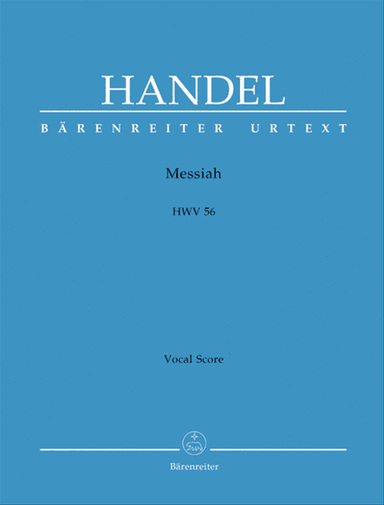
Messiah, HWV 56
george frideric handel, max schneider, andreas kohs
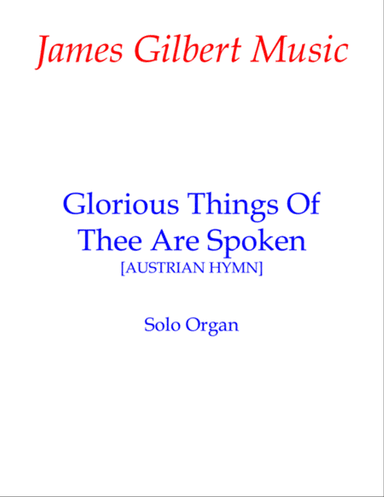
Glorious Things Of Thee Are Spoken
franz joseph haydn, james gilbert
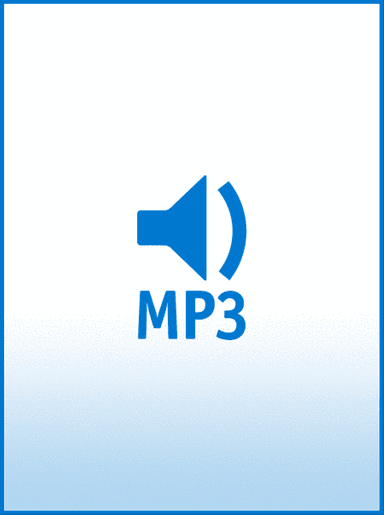
Gloria (from Heiligmesse)
franz joseph haydn, john leavitt
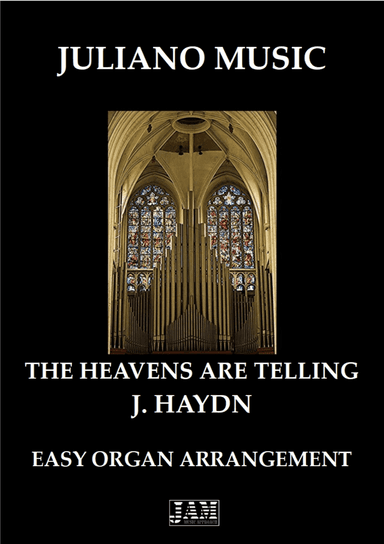
THE HEAVENS ARE TELLING (EASY ORGAN) - F. HAYDN
franz joseph haydn

Symphony No. 94 In G Major ("Surprise"), Second Movement Excerpt
haydn, franz joseph

Feldpartie
franz joseph haydn
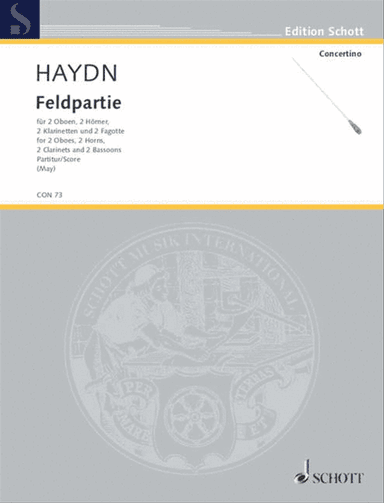
Feldpartie
franz joseph haydn

Scherzando
franz joseph haydn

Classical Album
franz joseph haydn, muzio clementi, wolfgang amadeus mozart, ludwig van beethoven, carl maria von weber

Gloria (from Heiligmesse) (arr. John Leavitt) - Double Bass
franz joseph haydn, john leavitt